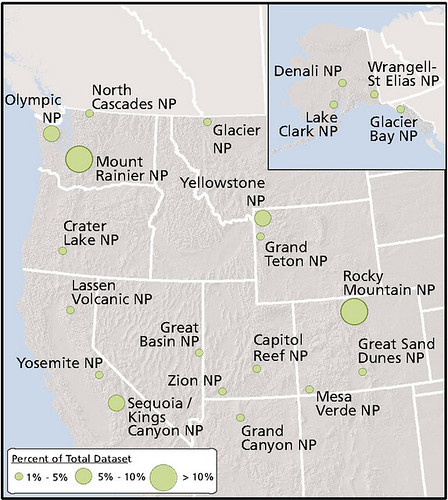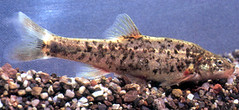
By GUY KOVNER
THE PRESS DEMOCRAT
May 18, 2014, 2:09 PM
CALIFORNIA -New guidelines for safe consumption of fish and shellfish of interest to a Clear Lake-area Pomo tribe were released last week by the state Environmental Protection Agency.
The recommendations are based on the levels of mercury found in 15 species of fish and shellfish in Clear Lake, long known for contamination from extensive mercury mining from the 1870s to as recently as 1957.
The state EPA’s Office of Environmental Health Hazard Assessment said it developed the food advisory based on requests from the Big Valley Rancheria Band of Pomo Indians located in Finley, a small town near Lakeport.
Species added to the new guidelines based on the tribe’s interest include threadfin shad, prickly sculpin, mosquitofish, inland silverside, winged floater mussels and Asian clams, the EPA said.
Sarah Ryan, the tribe’s environmental director, said clams were the Pomos’ main interest. Tribal members who eat clams from the lake recall their parents and grandparents doing the same, she said, though it was unclear whether those clams were the same kind that are eaten today.
Beyond that, Ryan said it seemed right to assess the mercury in other species from the lake.
“We’re really glad they took on the task,” she said.
Dr. George Alexeeff, director of the environmental health hazard office, said in a press release that fish are “part of a healthy and well-balanced diet.”
“They are an excellent source of protein and can help reduce the risk of heart disease,” he said.
The guidelines are designed to help people balance the health benefits “against the risk of exposure to mercury from fish in Clear Lake,” Alexeeff said.
Mercury can harm the brain and nervous system of people, especially in fetuses and children, the EPA said.
Consumption standards for women age 18 to 45 and children under 18 are more restrictive than they are for women over 45 and men.
The advisory said that all people can consume seven servings a week of Asian clams or winged floater mussels, and that women over 45 and men can eat the same amount of inland silverside or threadfin shad.
Women 18 to 45 and children should limit silverside and shad to three servings per week, and should limit the other 10 species — blackfish, bullhead, catfish, crayfish, mosquitofish, bluegill or other sunfish, carp, crappie, hitch and prickly sculpin — to one serving a week.
Women over 45 and men can eat three servings a week of the 10 species, or one weekly serving of bass. Younger women and children should not eat bass.
Six other tribes — the Elem Indian Colony, Robinson Rancheria, Middletown Rancheria, Scotts Valley Rancheria, Koi Nation and the Habematolei Pomo — are also located in Lake County.
Mercury mining was prevalent in the Clear Lake area in the late 1800s, including a productive site, the former Sulphur Bank Mercury Mine, which operated on the lake’s shore until 1957, the EPA said.
The advisory on eating fish from the lake was originally issued in 1987 and was last updated in 2009.
For details on the advisory, go to http://www.oehha.ca.gov/fish/pdf/AdvyClearLake051514.pdf
(You can reach Staff Writer Guy Kovner at 521-5457 or guy.kovner@pressdemocrat.com.)






